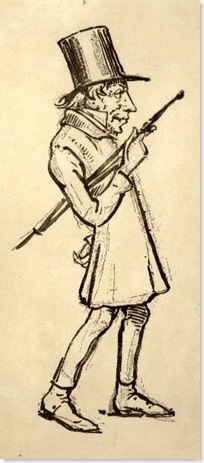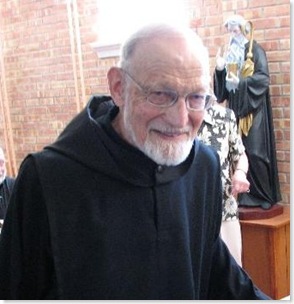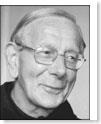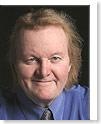 Soren Kierkegaard is hands down my favourite philosopher, not that I know that many philosophers. I’m a picker and chooser–a collector that doesn’t always understand what he collects, but is compelled to collect just the same–as I think I’ve mentioned someplace before. The reason I choose Soren is because he too is skinny and likes walking.
Soren Kierkegaard is hands down my favourite philosopher, not that I know that many philosophers. I’m a picker and chooser–a collector that doesn’t always understand what he collects, but is compelled to collect just the same–as I think I’ve mentioned someplace before. The reason I choose Soren is because he too is skinny and likes walking.
Witness: “Above all, do not lose your desire to walk. Every day I walk myself into a state of well-being and walk away from every illness. I have walked myself into my best thoughts, and I know of no thought so burdensome that one cannot walk away from it.” SK
Kierkegaard perambulated himself into some truly insightful ideas. Yesterday, I stumbled upon one of his thoughts that explained why atheism doesn’t stand a chance in hell of becoming pervasively accepted. At least until someone even more brilliant than Stephen Hawkings forever takes the meta out metaphysics, and is able to communicate it to the unwashed lot of us.
Here’s Kierkegaard (anticipating Rene Girard’s mimetic desire theory): Please forgive Soren’s gender biased language–it was 1850.
For from “the others,” naturally, one properly only learns to know what the others are–it is in this way the world would beguile a man from being himself. “The others,” in turn do not know at all what they themselves are, but only what the others are. There is only One who knows what He Himself is, that is God; and He knows also what every man in himself is, for it is precisely by being before God that every man is. The man who is not before God is not himself, for this a man can be only by being before Him who is in and for Himself. If one is oneself by being in Him who is in and for Himself, one can be in others or before others, but one cannot by being merely before others be oneself. (Christian Discourses)
The double bind of being human is that we seek to become ourselves by consciously and subconsciously imitating each other. But without a model beyond our collective selves we never find a self. And so, as Charles Bellinger (whose essay comparing Girard and Kierkegaard I’m completely indebted to here) points out, the only context in which we gain coherence, stability, and purpose is found in the transcendent relationship between us and God our Creator.
So wouldn’t it be the case that even if there were no God, our existential lack, that small niggling, sometimes overwhelming sense of incompleteness, would never allow us to be content with a closed, nobody-here-but-us-chickens universe?



